|
Summer along the Kobuk River is a story of abundance. From May through September, the snow and ice retreat, the sun shines nearly continuously and the valley comes to life. Millions of insects thrive in ponds formed from melting snow trapped by permafrost, and grasses, willows, sedges and lichen flourish in the warm Arctic sun. Iconic Arctic animals like grizzly bears, wolves, wolverines, foxes, porcupines, moose and more can be seen darting across the tundra and lumbering through the woods in search of food.
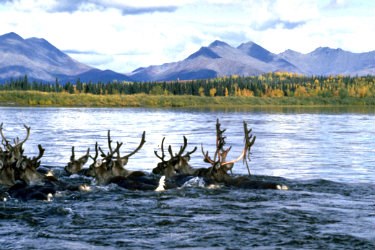
NPS Photo The Kobuk River and its tributaries are home to an abundance of fish. Sheefish, rare elsewhere, are abundant along the Kobuk River, and can grow as large as 60 pounds. Every summer, the chum salmon return from the ocean to their spawning grounds within the valley. They return vital nutrients to the river and bringing food to the people who live along its banks.
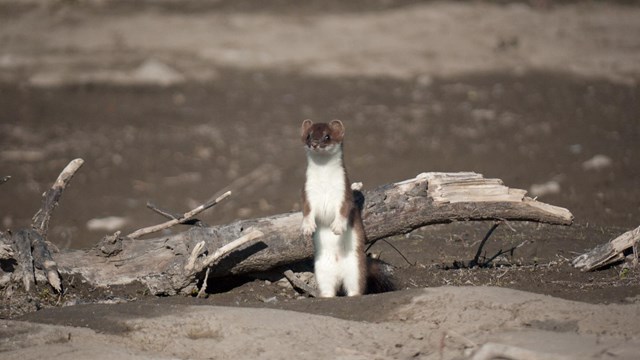
Mammals of Kobuk Valley
Learn more about the mammals found in Kobuk Valley National Park 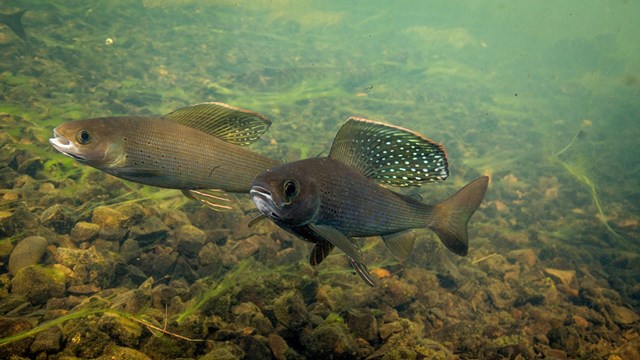
Fish of Kobuk Valley
Learn more about the species of fish found in Kobuk Valley National Park. 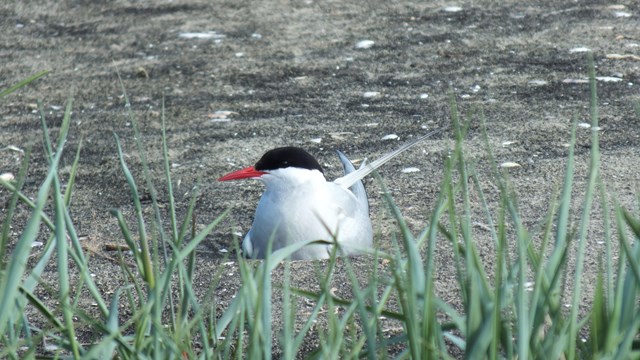
Birds of Kobuk Valley
Learn more about the resident and migratory birds of Kobuk Valley. 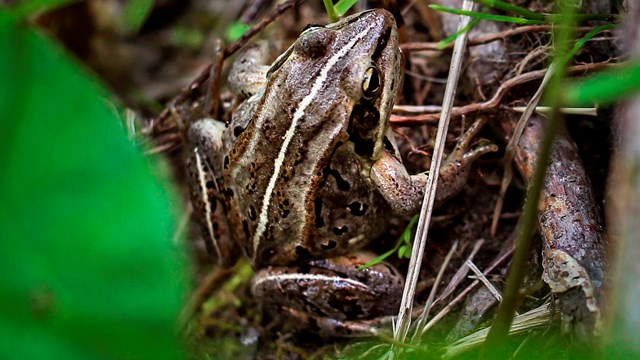
Amphibians of Kobuk Valley
Learn about the one and only amphibian found in the Arctic! |
Last updated: September 21, 2023
